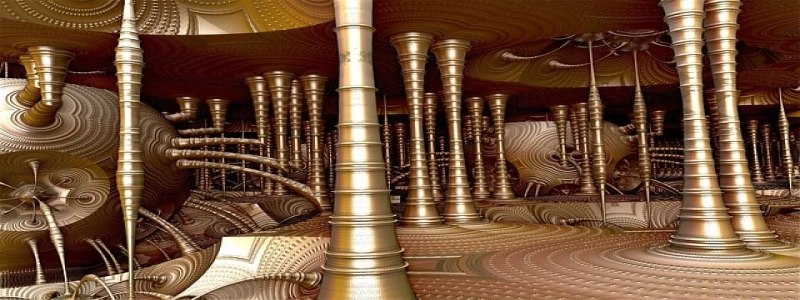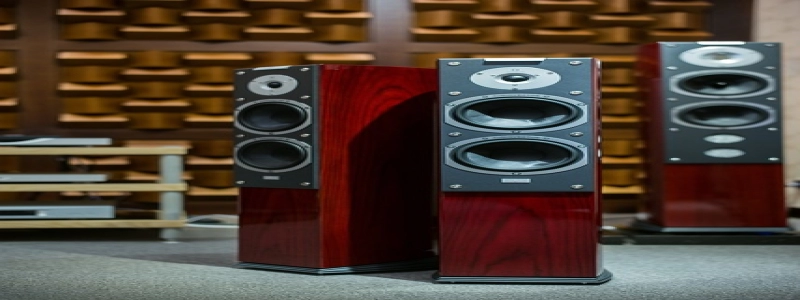De Broglie Wavelength of Electrons
I. Invoering
A. Background information on Louis de Broglie
B. Overview of wave-particle duality
II. De Broglie’s hypothesis
A. Explanation of de Broglie’s hypothesis
B. Comparison to classical physics
III. Mathematical expression of de Broglie wavelength
A. Introduction to the equation λ = h / p
B. Explanation of symbols and variables
IV. Experimental evidence
A. Overview of early experiments
B. Davisson-Germer experiment
C. Confirmation of de Broglie’s hypothesis
V. Significance and applications
A. Explanation of the importance of de Broglie wavelength
B. Application in electron microscopy
C. Application in electron diffraction
VI. Limitations and further research
A. Discussion on the limits of de Broglie wavelength
B. Current areas of research in quantum mechanics
VII. Conclusie
A. Recap of de Broglie’s hypothesis and wavelength of electrons
B. Highlighting the impact of de Broglie’s contribution to physics
I. Invoering
Louis de Broglie was a French physicist who is known for his groundbreaking work on wave-particle duality. His hypothesis regarding the wave nature of particles, including electrons, has had a profound impact on the field of quantum mechanics.
II. De Broglie’s hypothesis
De Broglie proposed that all particles, in addition to exhibiting particle-like properties, also possess wave-like characteristics. This idea challenged classical physics, which primarily focused on the particle nature of matter.
III. Mathematical expression of de Broglie wavelength
De Broglie’s hypothesis can be mathematically expressed by the equation λ = h / p, where λ represents the de Broglie wavelength, h is Planck’s constant, and p is the momentum of the particle.
IV. Experimental evidence
Several experiments have been conducted to confirm de Broglie’s hypothesis. One of the most notable ones is the Davisson-Germer experiment, in which a beam of electrons was directed at a nickel crystal. The diffraction patterns observed closely matched the mathematical predictions based on de Broglie’s hypothesis, thus providing strong evidence for the wave nature of electrons.
V. Significance and applications
The de Broglie wavelength of electrons is of great significance in various fields. In electron microscopy, the wavelength is critical in determining the resolution and clarity of images produced by electron microscopes. Additionally, in electron diffraction, the interference patterns created by electrons passing through a crystal lattice can provide valuable information about its atomic structure.
VI. Limitations and further research
While de Broglie’s hypothesis has been widely accepted and confirmed for electrons, its applicability to larger particles is still a topic of ongoing research. Scientists are exploring the limits of de Broglie wavelength and its consequences in understanding the behavior of macroscopic objects.
VII. Conclusie
Louis de Broglie’s hypothesis regarding the wave nature of particles, specifically the de Broglie wavelength of electrons, has revolutionized the field of physics. His contributions have not only deepened our understanding of the fundamental nature of matter but also paved the way for numerous applications in areas such as microscopy and crystallography. The ongoing research in this field aims to further explore the limits of wave-particle duality and its implications in quantum mechanics.







